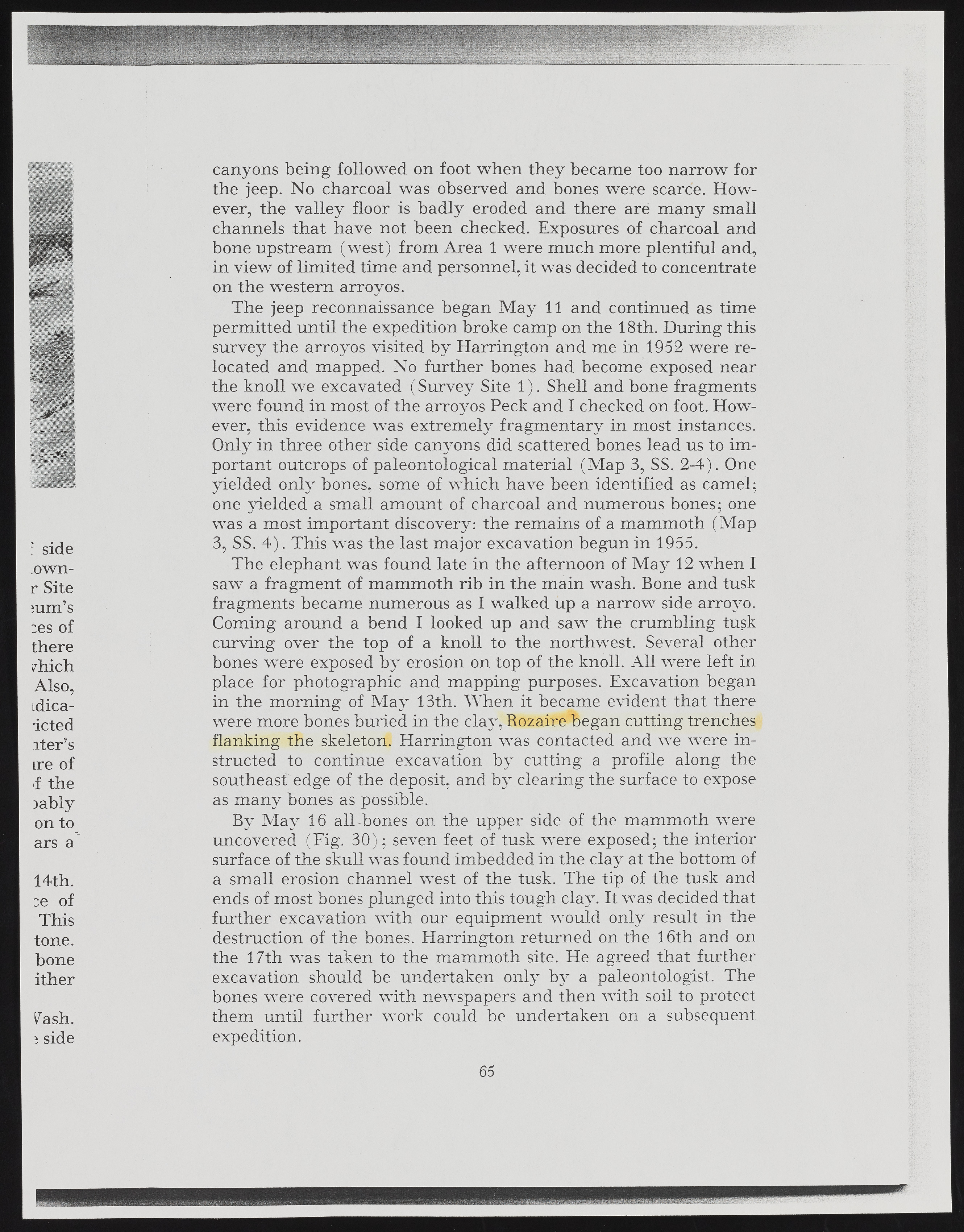Copyright & Fair-use Agreement
UNLV Special Collections provides copies of materials to facilitate private study, scholarship, or research. Material not in the public domain may be used according to fair use of copyrighted materials as defined by copyright law. Please cite us.
Please note that UNLV may not own the copyright to these materials and cannot provide permission to publish or distribute materials when UNLV is not the copyright holder. The user is solely responsible for determining the copyright status of materials and obtaining permission to use material from the copyright holder and for determining whether any permissions relating to any other rights are necessary for the intended use, and for obtaining all required permissions beyond that allowed by fair use.
Read more about our reproduction and use policy.
I agree.Information
Digital ID
Permalink
Details
Member of
More Info
Rights
Digital Provenance
Publisher
Transcription
: side own-r Site mm’s :es of there /hich Also, Ldica-icted ite r’s ire of f the jably on to ars a 14th. ;e of This tone, bone ither ^ash. I side canyons being followed on foot when they became too narrow for the jeep. No charcoal was observed and bones were scarce. However, the valley floor is badly eroded and there are m any small channels th at have not been checked. Exposures of charcoal and bone upstream (west) from Area 1 were much more plentiful and, in view of limited time and personnel, it was decided to concentrate on the western arroyos. The jeep reconnaissance began M ay 11 and continued as time permitted until the expedition broke camp on the 18th. During this survey the arroyos visited by H arrington and me in 1952 were relocated and mapped. No further bones had become exposed near the knoll we excavated (Survey Site 1). Shell and bone fragments were found in most of the arroyos Peck and I checked on foot. However, this evidence was extremely fragm entary in most instances. Only in three other side canyons did scattered bones lead us to im portant outcrops of paleontological m aterial (Map 3, SS. 2-4). One yielded only bones, some of which have been identified as camel; one yielded a small amount of charcoal and numerous bones; one was a most im portant discovery: the remains of a m am m oth (Map 3, SS. 4). This was the last major excavation begun in 1955. The elephant was found late in the afternoon of M ay 12 when I saw a fragm ent of m am m oth rib in the m ain wash. Bone and tusk fragments became numerous as I walked up a narrow side arroyo. Coming around a bend I looked up and saw the crumbling tusk curving over the top of a knoll to the northwest. Several other bones were exposed by erosion on top of the knoll. All were left in place for photographic and mapping purposes. Excavation began in the m orning of M ay 13th. W hen it became evident that there were more bones buried in the clay. Rozaire began cutting trenches flanking the skeleton. H arrington was contacted and we were instructed to continue excavation by cutting a profile along the southeast edge of the deposit, and b}’ clearing the surface to expose as m any bones as possible. By M ay 16 all-bones on the upper side of the m am m oth were uncovered (Fig. 30); seven feet of tusk were exposed; the interior surface of the skull was found imbedded in the clay at the bottom of a small erosion channel west of the tusk. The tip of the tusk and ends of most bones plunged into this tough clay. It was decided that further excavation w ith our equipment would only result in the destruction of the bones. H arrington returned on the 16th and on the 17th was taken to the m am m oth site. He agreed that further excavation should be undertaken only by a paleontologist. The bones were covered w ith newspapers and then w ith soil to protect them until further woi'k could be undertaken on a subsequent expedition. 65

